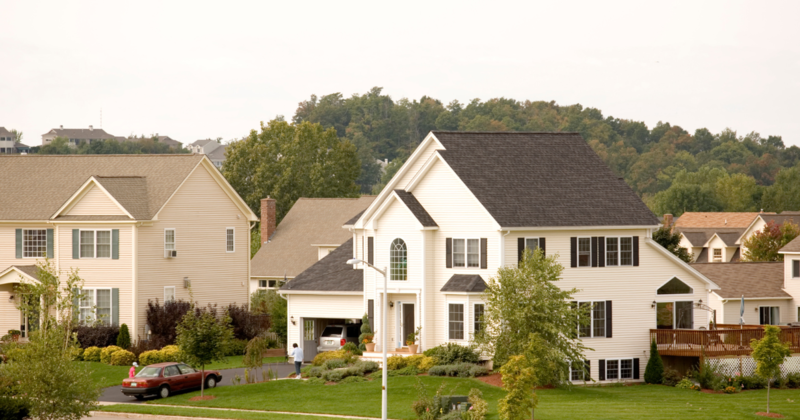| Positioned at the intersection of two adjoining streets, the corner lot is a polarizing topic in real estate circles. For some, it’s a premium plot of land; for others, it’s an area to be avoided.
Truth be told, the upsides and downsides of corner lots can vary greatly from one location to the next. To understand what makes this topic so divisive, let’s explore some common pros and cons of these properties.
Pros
- Corner lots tend to be larger than neighboring properties. There’s more room for entertaining, and children and pets have more room to roam and play. Plus, there’s ample space for outdoor amenities like a garden, pool and fire pit.
- Corner lots only have neighbors on one side. This lends itself to increased privacy and (potentially) more scenic views. It can also provide greater exposure to natural light.
- Corner lots are often highly sought-after, premium properties. Their resale value is greater, and they may sell faster than standard properties. Plus, their prominent position on the street makes them more visible to potential buyers.
Cons
- Landscaping and fencing a larger property can be costly and time-consuming. The unique layout of corner lots can result in a smaller backyard or awkward, hard-to-use spaces.
- Corner lots are more visible to passersby, which can result in reduced privacy and increased scrutiny from homeowners associations. It can also mean a higher risk of burglary, so additional security precautions (e.g., lights, cameras) may be necessary.
- Corner lots can be high-traffic areas. More cars, people and pets could mean more noise and litter. There’s also a higher risk of traffic accidents, which can mean higher insurance premiums.
If you’re ready to search for the right property, reach out to explore your home financing options. |




